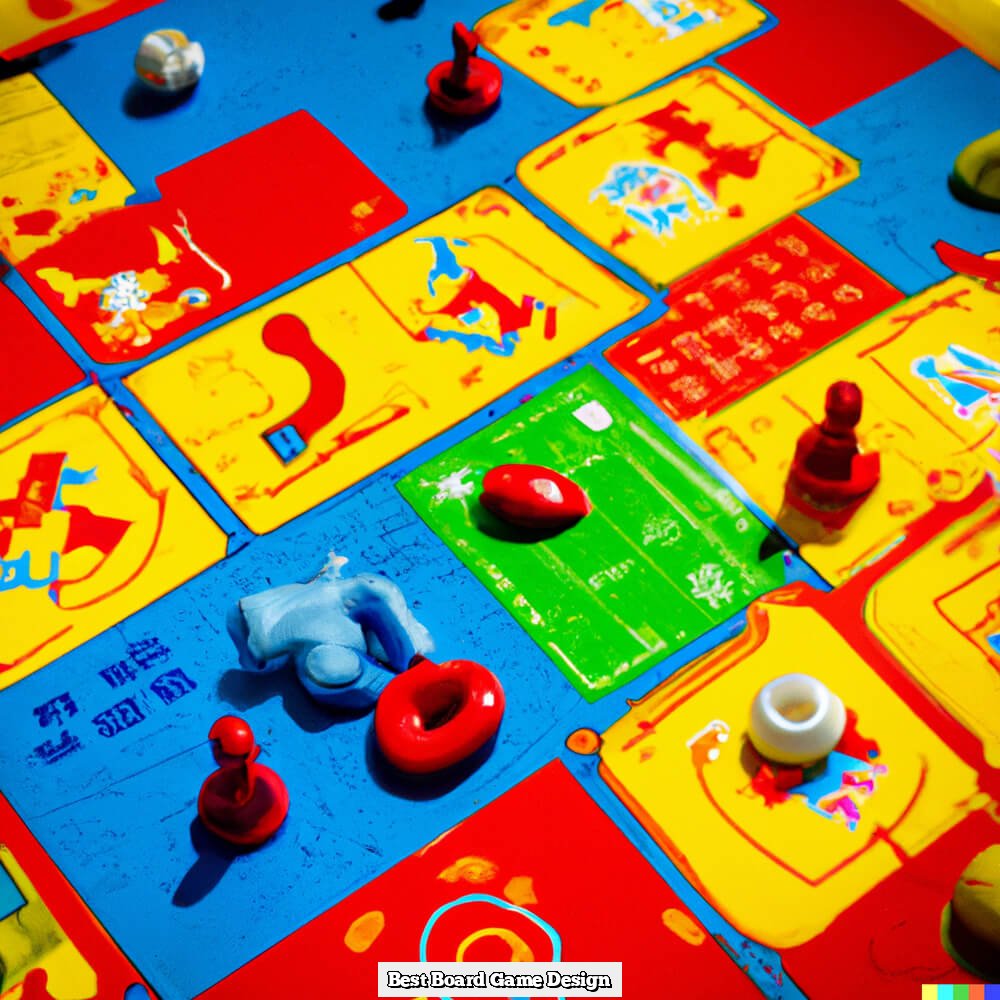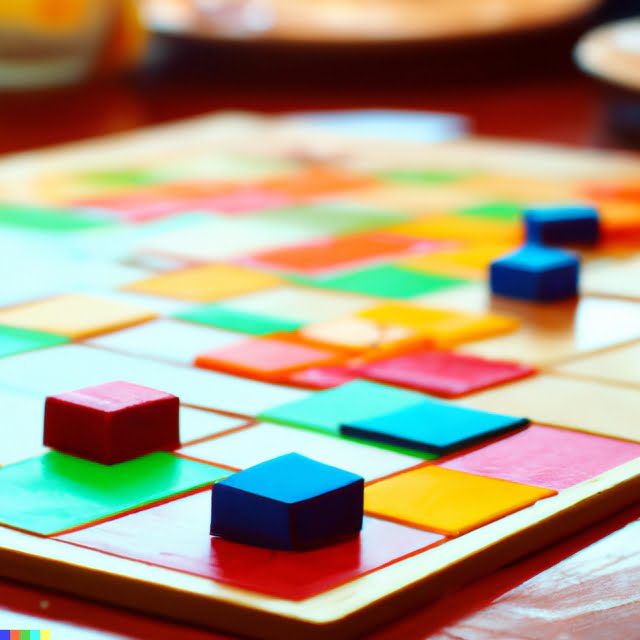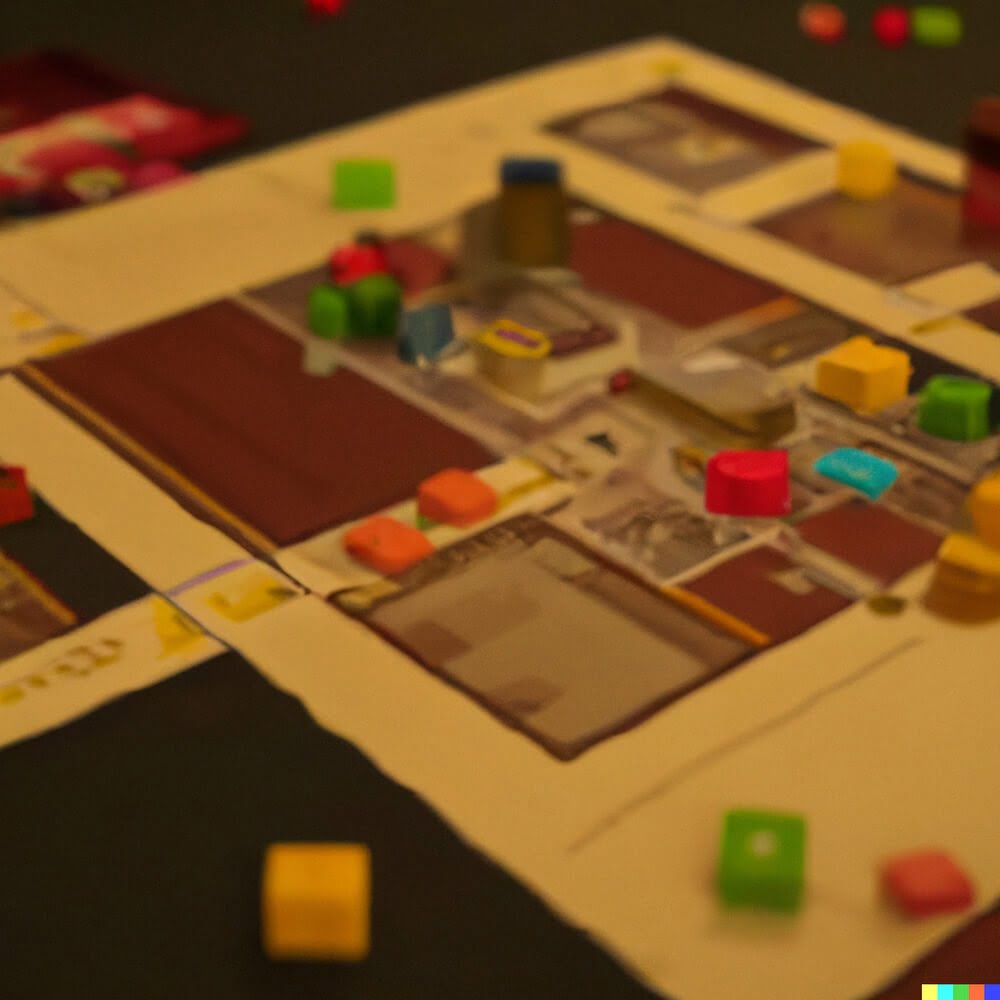Introduction
Board game packaging design is an incredibly important element of product marketing. Not only does it serve to attract potential consumers, but it also presents the board game in a way that accurately communicates its purpose and value. It is essential for board game packaging to be unique, stand out on shelves, and generate interest by presenting information about the board game in an easily accessible format.
The success of a board game’s packaging design can make or break the success of the entire product. From the initial concept creations to the final printing of box art, attention to detail is paramount in order to ensure both aesthetic appeal and accuracy. The colors used must work together to create an eye-catching display that stands out among other products. Graphics must be chosen carefully so they accurately reflect the nature of the product, while also providing insight into gameplay and rules. Additionally, text accompanying graphics must be concise yet comprehensive, outlining key features and restrictions while still capturing consumer attention.
Spotlight On
Board game packaging design is an important element of the gaming experience. Not only does it communicate information about the game to potential buyers, but it also must stand out from other products in the same shelf space. Here are some of the keys to successfully creating board game packaging designs that catch people’s eyes:
1. Eye-catching Artwork: The artwork on your board game packaging should be striking and visually appealing. Colorful, original illustrations will draw positive attention to your design and make it stand out on store shelves or online shops. Think about conveying an emotion with your artwork, using real or surreal imagery to really bring your game’s story to life on the package.
2. Clarity & Simplicity: Clarity is key when it comes to designing boards game packaging covers ” keep it simple and intuitive! Create a clear indication of what’s inside, such as symbols providing information about the type of board games, age range of target players, etc. Your labeling should also help distinguish between different versions or editions of the same board game for easy identification by consumers.
3. Unique Shape & Size: While square boxes make up most of a store’s shelf space, you can break from the conventional mold by poising your package with a unique shape that catches customer’s attention instantly. This could be something unconventional like a cube or pyramid structure – just make sure it represents your brand identity & effectively communicates all necessary information at a quick glance. To quickly grab someone’s eye (not everyone likes spending time in stores), think incorporating colors and textures that relate to your designs into the box shape itself alongside interesting graphics and detailed prints if possible
4. Highlight What Separates Your Game From Others: Make sure to include details on why customers should buy this specific product over others – Is there any special feature that sets this apart? Does it have extra pieces? Does it come with digital components? Mention these differences either using text or visuals on the cover so players can see immediately what makes it unique! As always remember less is more when designing board games packaging so as not to overwhelm customers with too much info when browsing for their next favorite gaming experience!
Shaping Your Visual Aesthetic to Attract Attention
The visuals of your board game packaging design is a crucial factor when it comes to attracting attention to your product. This includes not only the design elements and colors, but also images and graphics that you decide to use. Your board game packaging should look tidy, polished, and have a consistent aesthetic throughout. For example, if the game box contains abstract shapes in blue and green hues, make sure that same palette extends to the instruction booklet as well. Perhaps using a few accent colors will help to create contrast and variation in certain areas as desired.
In addition to ensuring a consistent visual language between all components of your design strategy, you must also consider color psychology when choosing colors for your board game packaging design. Depending on target demographics, specific colors may be used strategically in order elicit certain emotions from those who see it. For instance, blues can represent feelings of trust and calmness while yellows can conjure up feelings of optimism and positivity. Some colors may even be specifically chosen in order to reflect characteristics related directly to your product or brand identity. This makes it easier for potential customers to build an emotional connection with your product right away before they even engage with what’s inside the box!
The Science Behind Packaging Design
Packaging design plays a critical role in the success of a board game. By drawing attention to the product and creating consumer interest, effective packaging design can help a board game stand out from the competition. To achieve this, designers must create efficient package designs that attract consumers and effectively showcase the contents of the box.
The science behind board game packaging design lies in understanding consumer psychology and knowing what elements to include that draw attention and communicate key features or benefits. Colors, graphics, fonts, logos, textures, symbols, imagery, taglines and other visual elements can all be manipulated strategically to achieve a desired effect. Consumers’ reactions are influenced by these elements at first sight, which is why it’s important for designers to understand how to use them effectively in their work. Additionally, size and shape of packages also matter; different shapes predict value when handled on store shelves ” larger sizes are believed to hold more content while smaller packages tend to cost less. Durability is also key; both practical considerations like material selection as well as aesthetic considerations like tactile feel play into making successful packaging designs. Finally, special attention should be paid to combat any type of counterfeiting with quality materials that speak to legitimacy by having strong brand recognition through proper use of logo placement and font type/size/color choices. All in all, effective package designs must balance aesthetic value with practicality to provide an attractive package for the customer without overpricing or sacrificing product durability or protection in transit or storage.
Embracing the Details
The board game packaging design needs to grab attention on store shelves. To do this, the box should include certain features that make it appealing. Starting with an impactful font, graphics and messaging are essential. Size matters too as larger boxes tend to stand out more, while die-cuts and window views create curiosity. On the outside, include a list of play locations along with an age range and number of players that can enjoy the game together.
Including lifestyle imagery on the outside of the box alongside characters from the game adds visual appeal and communicates product benefits for prospective buyers. Furthermore, tactile elements such as embossing or spot varnish can add utility or prestige when you’re considering higher-end versions of a game. Inside, enrich your packaging design by including setup instructions in both images and text to guide beginners through set up steps. Finally, uniquely shaped pieces should be treated like miniature works of art in their own right; including them in display windows gives customers a preview before they purchase your complete gaming experience.
Examples That Shine
The design of a board game’s packaging is one of its most powerful visual cues to potential buyers. It’s often the first thing players see when browsing for new games, and it needs to capture their attention and make them want to learn more. A successful board game packaging design should be unique, eye-catching, and convey the theme, values, and vision of the game in an interesting way.
Some popular examples that have been praised for their incredible designs are Dungeons & Dragons’ Stranger Things starter set, Arkham Horror: The Card Game bundle, Scythe with expansion boxes, Small World 2nd Edition with Rivers Expansion, Apples to Apples Junior Party Box and many more. Each of these designs stands out due to its unique artwork style, vibrant colors and well placed logos. For example Dungeons & Dragons’ Stranger Things box set features a stunning cover art with characters from the show in an archetypal D&D pose; the logo for “Stranger Things” is integrated subtly into the overall image in a way that ties together both parts of the package design. Similarly Arkham Horror’s cardboard storage box has an almost 1930s pulp fiction feeling complete with book spine details on its side panels that evoke the aesthetic of old school horror literature”a perfect fit with tacky occult card game it holds within. Smallworld too makes great use of color combo and cartoonish illustrations that at once look childish but still carries clear nuanced hints about the world inside the box.
Overall good boardgame packaging designs carry unmistakable messages about certain type themes or even micro stories about its users as well as playing experience it offers; yet also subtle enough not to look imposing or tangential from subject matter presented in general setting. All in all these examples should give aspiring designers plenty of ideas for sprucing up their own projects amping up excitement around them.
Designers can take inspiration from these successful games when creating new board game packaging designs. It’s important to consider things like color choice, artwork style, and placement for logos carefully; each element should contribute towards conveying a sense of anticipation or intrigue about what is inside the box. Additionally, small bonus touches like using specific fonts or integrating elements related to storytelling into your design can also help attract potential buyers by emphasizing key aspects associated with specific themes or settings linked with a particular release title being showcased here as well being instrumental in shaping user experience both during actual play session as core mechanism is applied but also outside table while unboxing new toylike entity before it takes flight witihin realms imaginaitons seed across wide audience base erasing boundaries between generations blosoming horizonless possibilies yet somewhat understating whole meta level lore attached remainnining mysteriosly clinging close behind unseen invitation opening gates ever onward unknown pushing limit beyond perception never encountered before shaping our future alongside allowing past reveal insights truths unseen unlocking stuck dormant corridors long forgotten suddenly remembered awakening slumber together solely because we dared keep exploring universes beyond ours enhancing further our view…
Staying Ahead in Game Design
Board game packaging design is a dynamic field, and staying ahead of the competition may require dedicating time to market research. Designers should start by examining games being released on the market in comparison to theirs; what features are these games using to capture consumer attention? Are their designs eye-catching and unique? Analyzing your competitors’ boards can be a great source of inspiration for the direction you might want to take.
In addition to researching your competitors, it’s also important for board game packaging designers to stay abreast of current trends in the gaming industry. Popular topics like augmented reality (AR) and 3D printing have been making waves lately in the industry, so designers should see how they can incorporate them into their own packaging designs as well. Additionally, keeping a keen eye on user feedback can be invaluable; what do others think of your current design? What suggestions would they make? Incorporating feedback from customers into your design and continually evolving it over time can help create a board game package that stands out from the rest.
Finally, staying organized throughout the design process is essential for creating an effective board game package. Make sure to document any progress you make with detailed notes and sketches; when jumping back into work at another time, having clear guidelines will save you hours of frustration later on! Staying strategic in your timeline by utilizing tools like Gantt charts can also be helpful in breaking up larger incoming tasks into more manageable chunks while helping you anticipate potential problems before they arise. By expanding upon these tips, designers can look forward to creating the ultimate winning packaged board game experience!
Conclusion
Board game packaging design should make a statement and serve an important marketing purpose. It should attract customers, help catch the customer’s eye and create that all important feeling of ‘I’ve got to have this game.’ Creativity is key in board game packaging design ” it should include vibrant colors and unique imagery that stands out from the competition. Additionally, it should also be practical and ensure the safety of the contents during transportation and storage. Ultimately, board game packaging design can help make a product more desirable to customers, helping businesses increase their visibility and drive more sales. By utilizing creative packaging designs that stand out from the competition, businesses can easily increase their visibility on store shelves and encourage customers to give their products a second look.

I love playing all kinds of games – from classics like Monopoly to modern favourites like Ticket to Ride.
I created this blog as a way to share my love of board games with others, and provide information on the latest releases and news in the industry.





